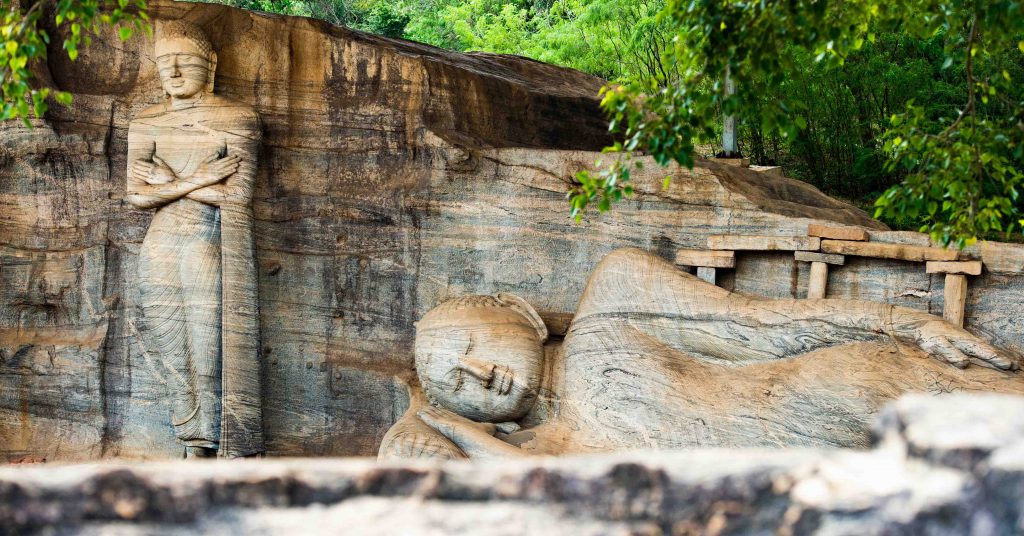
The ancient cities of Sri Lanka hold secrets that shift with the seasons. While tourists often rush through the Cultural Triangle in any weather, knowing when to visit each site can transform your experience from a sweaty monument checklist into something truly magical. Let’s explore the best times to visit these sacred spaces, following the rhythm of the year.
Peak Season: December to March
December and January offer perfect conditions for exploring Anuradhapura and Polonnaruwa. The weather brings cool mornings and manageable afternoons, with crisp, clear light that photographers dream about. These are undoubtedly the busiest months, when hotels fill up three to four months in advance and the best cultural guides are booked solid. Yet the crowds bring their own kind of magic, especially on full moon days when local pilgrims create an atmosphere of deep devotion.
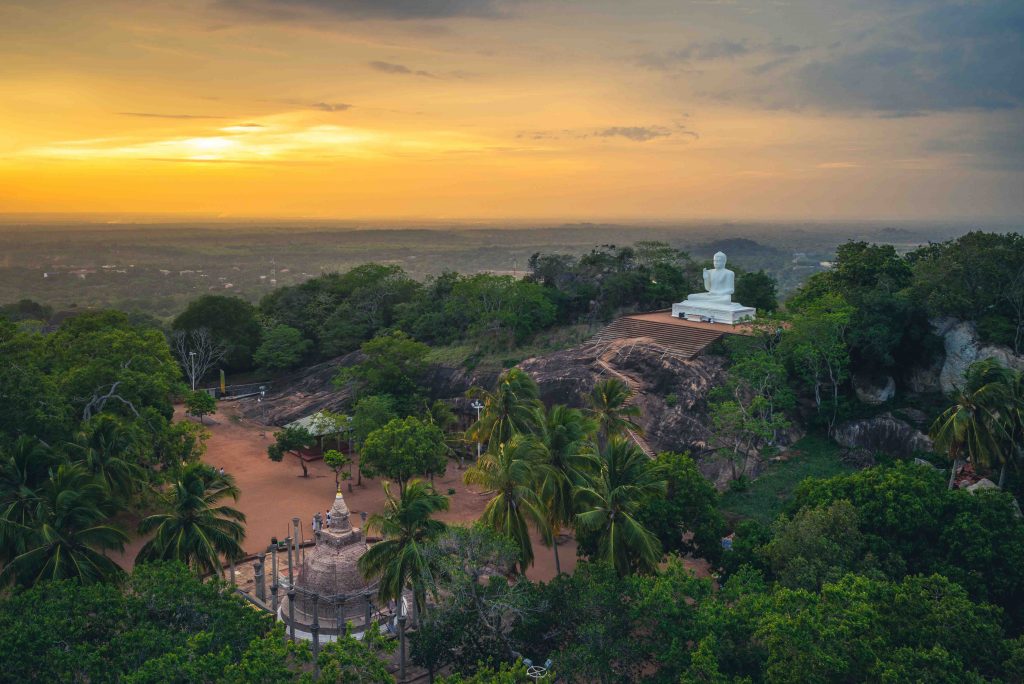
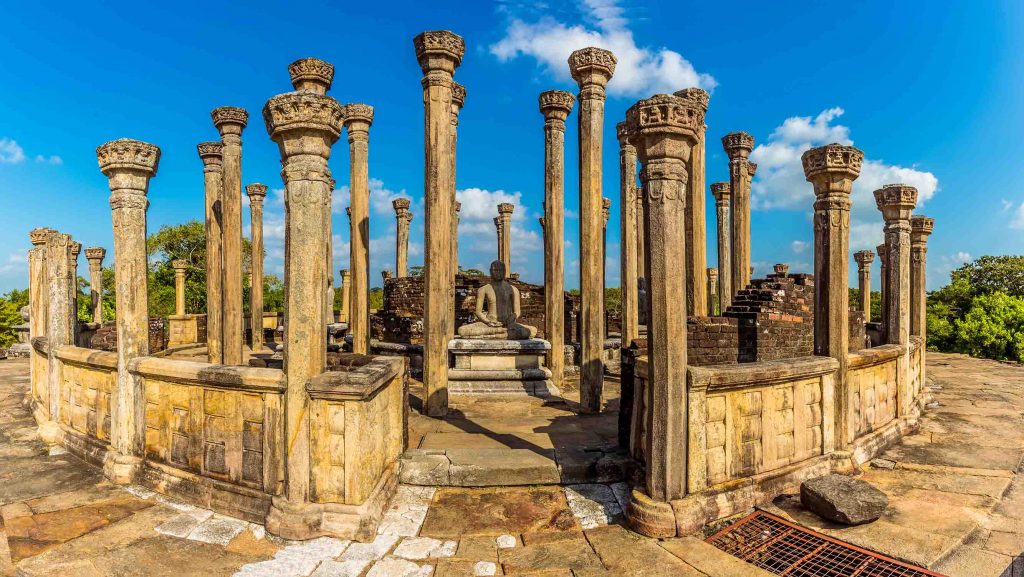
The early months of the year, particularly February and March, present ideal conditions for tackling Sigiriya and exploring the cave temples of Dambulla. The lower humidity makes the challenging climb up Sigiriya’s ancient stairs more pleasant, while clear skies reward summit-reaching travelers with panoramic views across the ancient landscape. Early morning mists often shroud Sigiriya’s base, creating ethereal scenes that photographers will treasure.
Shoulder Season: April to June
As April arrives, the tourist crowds thin while temperatures rise. This period, especially during Vesak festival, offers a more intimate experience of the sacred sites. The occasional afternoon showers create dramatic skies and perfect conditions for photography enthusiasts. The ancient stones seem to come alive after rain, their colors deeper and more vibrant. Smart travelers visit sites either early morning or late afternoon, when the light is softest and the heat less intense.
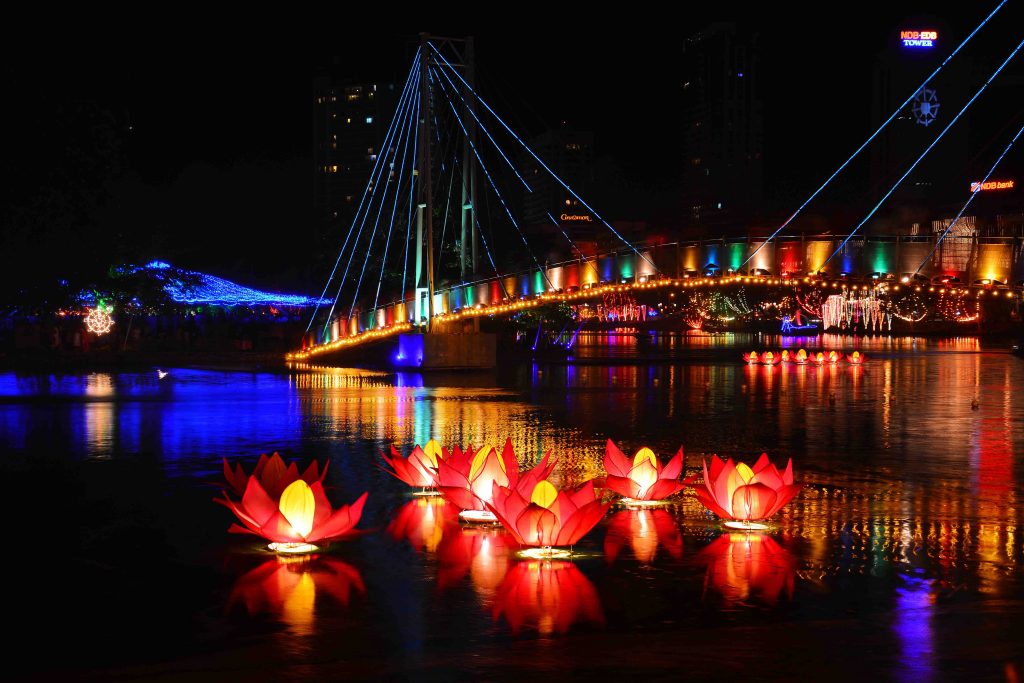
Wesak festival at Gangarama Seemamalaka temple in Colombo, Sri Lanka
June marks the sweet spot for budget travelers and those seeking solitude among the ruins. Hotel rates drop to their yearly lows, and you might find yourself alone in corners of Polonnaruwa that would be crowded just months earlier. The variable weather with its occasional showers creates a lush, green landscape that offers a different perspective on these ancient sites.
Green Season: July to November
July and August bring the Kandy Perahera season, adding an extra layer of cultural richness to any Cultural Triangle journey. While some might shy away from the possibility of rain, this season offers its own rewards. The sites are beautifully green, and dramatic cloud formations create spectacular backdrops for photography. With lower tourist numbers, you’ll have space to linger and absorb the atmosphere of these sacred spaces.
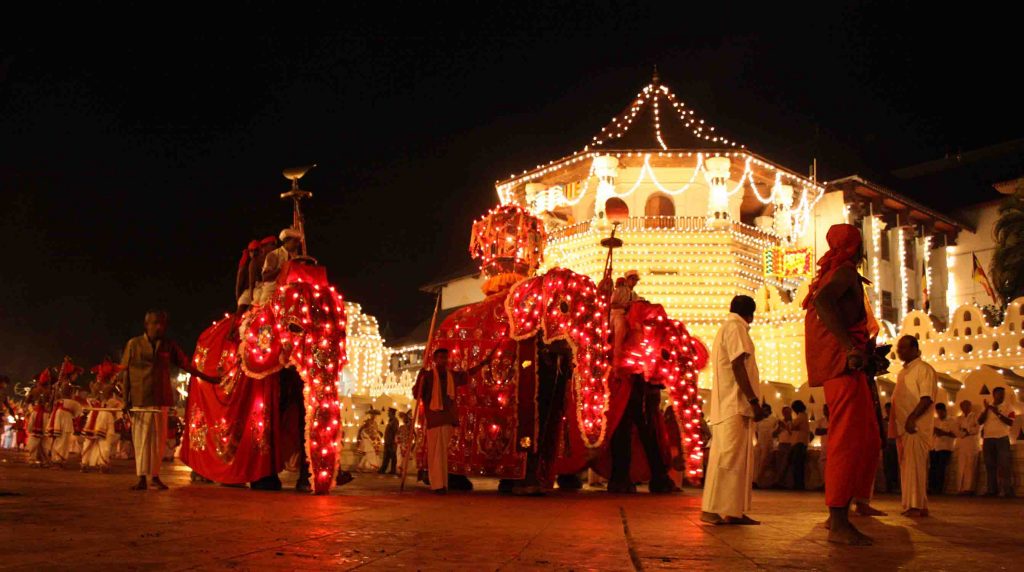
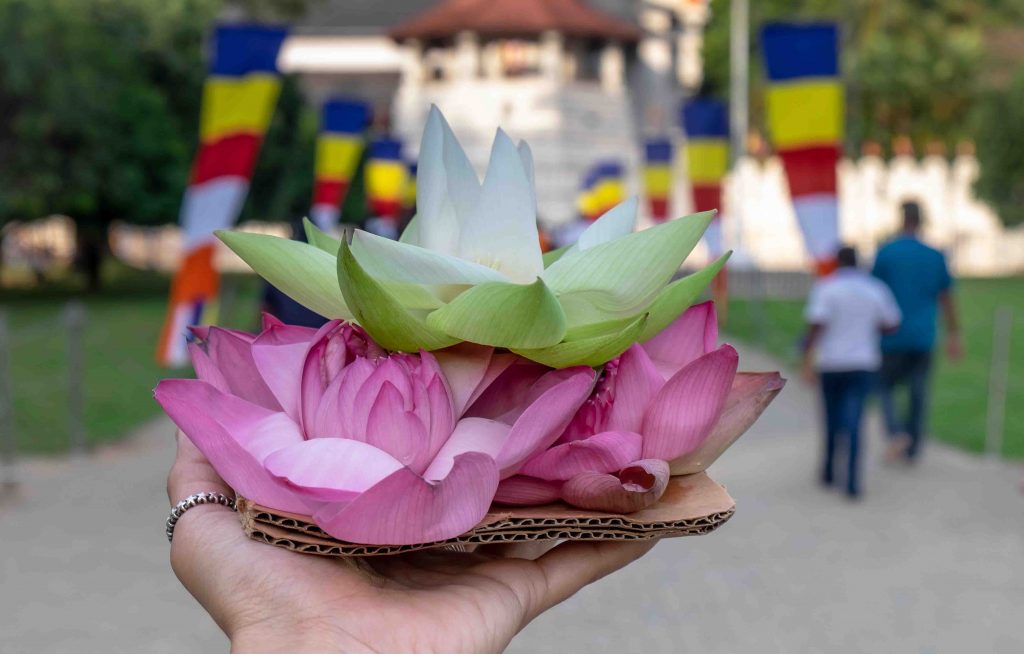
September and October might be the best-kept secret in the Cultural Triangle calendar. Yes, you’ll need to keep your schedule flexible and carry rain gear, but the payoff is substantial. These months offer the most atmospheric conditions for photography, with moody skies and incredible light when the sun breaks through. Luxury hotels offer their best rates during these months, making it possible to splurge on accommodations while enjoying the sites in relative solitude.
November serves as a transitional month, as the weather begins to improve and the sites start to dry out. It’s an interesting time to visit, watching the landscape transform while still enjoying off-season rates and manageable crowd levels. Those planning to stay through December should book ahead, as the shift to high season happens quickly.
The Art of Timing Your Visit
Regardless of when you visit, certain principles hold true year-round. The golden hours of early morning and late afternoon offer the most magical light and comfortable temperatures. A good cultural guide, booked in advance, can transform your understanding of these ancient sites. Base yourself in Habarana for easy access to all major sites, or choose Sigiriya for a more luxurious experience amid the ancient landscape.
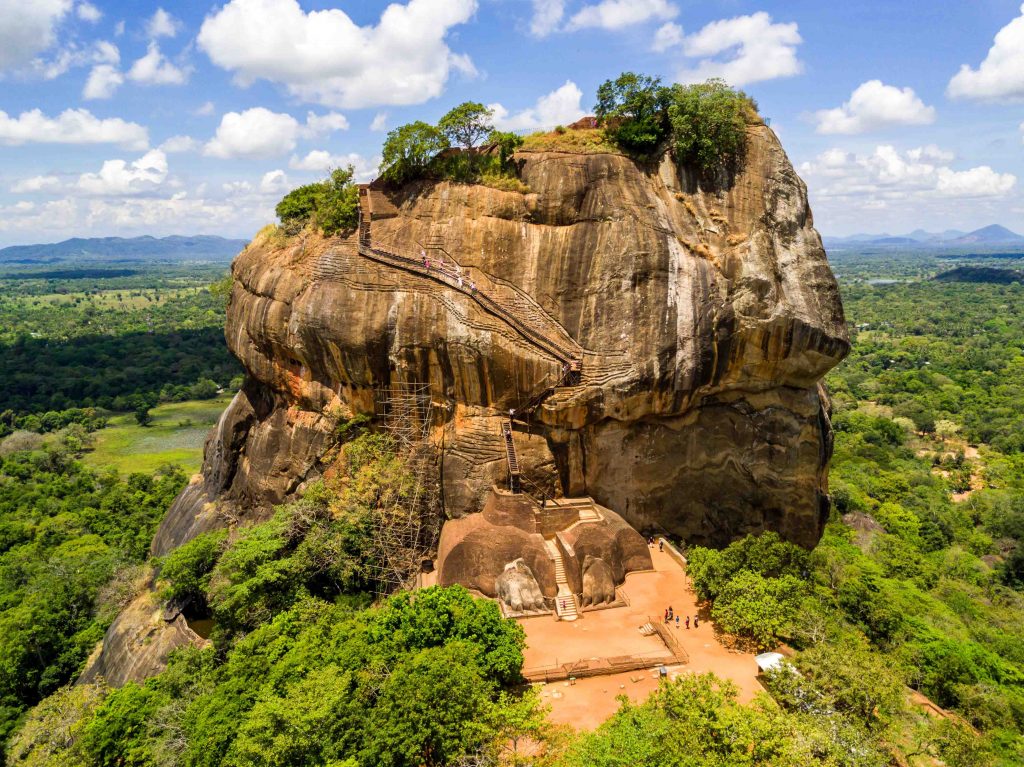
Cultural considerations remain constant throughout the year. The ancient cities are living sacred sites, not mere tourist attractions. Dress modestly, covering shoulders and knees, and always remove shoes when entering temple grounds. Full moon days bring local crowds but offer a chance to witness these spaces as they’ve been used for over two millennia.
The “best” time to visit ultimately depends on your priorities – whether that’s perfect weather, minimal crowds, lower prices, or special festivals. Each season offers its own magic in the Cultural Triangle, and understanding these seasonal rhythms allows you to experience these extraordinary places at their most magnificent.
Please drop us a note at: info@pearl-of-the-indian-ocean.com


